What is the role of Venture Capital in driving energy transition worldwide? In the third episode of our podcast Zero One Hundred ESG & Impact Talks, Alberto Echeverri, Partner at Adara Ventures gave us a masterclass on this topic. With over 20 years of experience, Alberto has architected the Spain-based VC firm’s first Pan-European thematic fund focused on Software that enables the Energy Transition. Formerly of Siemens Energy, GE, and BCG, he has a wealth of both operational and transactional experience across the Energy sector. In 2023, he joined as a partner at Adara, a VC fund based in Madrid, with 20 years of experience investing in Deeptech across Europe.
Listen to the full podcast episode here!
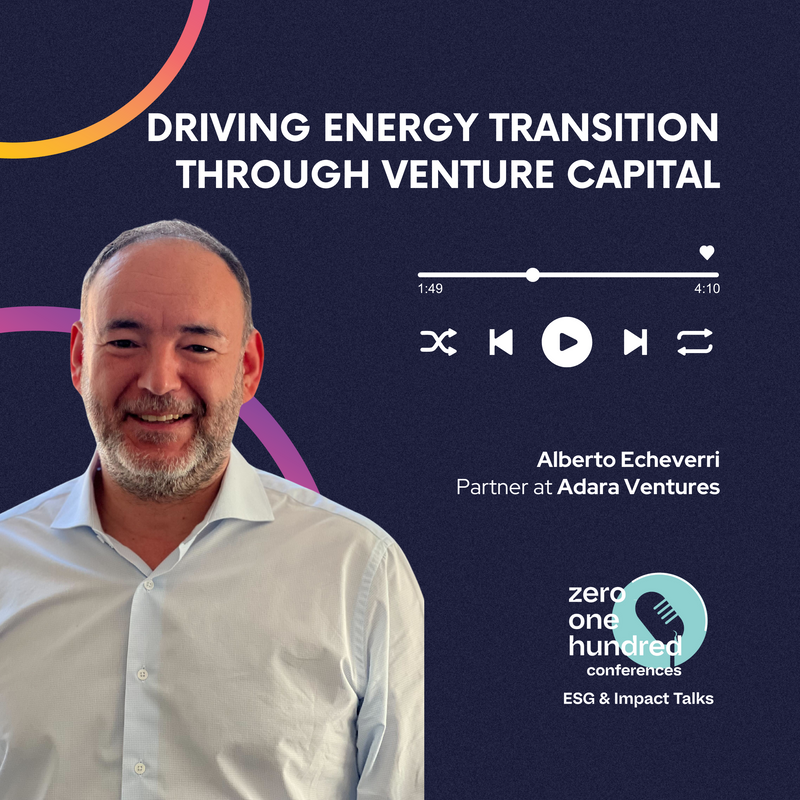
Considering that Adara has been around for over 20 years. What motivated the company to venture into the energy transition sector with a fund today?
The first realization that we made when looking at different verticals or different segments was that there was one, particularly in Europe, that was going through an ongoing, massive transformation. The energy space is a space that is in a very thin balance and very difficult balance, right? You need to find the right equation between three dimensions that compete with each other. This is what it's called, the energy trilemma. The first dimension that you need to address is affordability. You want to make energy as affordable as possible. The second dimension is sustainability. You don't want to harm the earth, or the ecosystem when producing energy. And the third dimension is the security of supply, the reliability.
Reliability means that you get home, open your fridge, and it works. You switch on the lights at your place and it's working. The industry can reliably plan what to produce because there's going to be energy. So those three dimensions compete with each other. There is no perfect source of energy. So, what happened in the second half of the 20th century was that we were massively putting pressure on affordability, the first dimension, we were trying to make as affordable as possible the different sources of energy because as the world was growing, electrification was a massive trend and the economies were booming, so we needed affordable or cheap energy. And that was the number one focus of the second half of the 20th century. During the first years of the 21st century, we started realizing that we were doing this in a way that we were damaging the ecosystem and there was a massive movement towards sustainability, particularly in Europe where we started being more conscious about the impact that going for a very affordable and as affordable as possible energy was making to the environment. So we tried to balance that and we started developing non-polluting technologies. Wind energy, and solar energy, with the challenge that they were a little bit more expensive.
We started seeing what we call the green premium. Regulation tried to compensate for that through incentives, but technologies were not proven. So, there was also support from financial institutions, and there was a complete consciousness around making this affordable, but at the same time not creating a problem for the next generations, and we try to balance those two. Unfortunately, some of those renewable energies come with a curse, that is the intermittency of those technologies. They are not reliable. So, the third dimension of this triangle was being impacted significantly.

We were trying to compensate with additional sources of energy like gas. At some point, we started seeing a proliferation of gas being used, particularly in industries, and even at residential usages, and even for transportation, for mobility. And what happened is that we thought that we found a nice balance between polluting and emitting, “but not that much”, it's reasonably affordable and it's kind of reliable.
Then there was a wake-up call when the Ukraine war started, Russia invaded Ukraine, and there was a massive disruption in the gas supply. So, the third dimension that was completely oversaw for the last 70 years suddenly became the top priority. We needed to secure the supply of energy that was not even on the agenda a few years ago. What we are seeing is a constant imbalance between those three dimensions and a complete shake-up of the status quo. And that is a problem that is becoming more and more complex. So, at Adara, we looked into that, and we realized, well, there is an opportunity when there are changes when there are disruptions, when there are balances that do not find their natural equilibrium. This is where we found the opportunity. And this is why we decided to open a fund that was specifically targeted for energy and tried to address the opportunities of this.
Then the question is, what is the role that venture capital firms like Adara and others? Because this is something that many firms are kind of interested in right now, what they are taking in balancing this energy dilemma.
The rules or the recipes that we were applying to the energy industry are no longer valid because we were constantly seeing this imbalance. And we were prioritizing one of the three dimensions or try to combine two of them. Now we need to combine the three of them. And that requires innovation. That requires new technologies. With the development of computing capabilities, we're seeing more and more opportunities to deploy software that will help find a balance between the three. For example, one of the challenges that we see in a lot of renewable technologies is this intermittency. They are not reliable. The wind blows during just a few hours and it's not constant. The sun doesn't shine for 24 hours. Those are what we call intermittent technologies, and they are developing very fast which is disrupting the energy system. Well, we are seeing a lot of opportunities in developing software that could help better predict how the wind will blow, how the sun will shine, and how to integrate this into the system. We are also at the same time seeing the development of storage technologies, being those batteries or hydrogen. So now you have an additional input in the equation that is: the energy is intermittent, but you can store it. So maybe you can bring it back when needed when the sun is not shining. And that is optimized via software. So, we are seeing more and more software opportunities being developed in this trilemma. And at the same time, that comes with a curse. Of course, if you increase the software deployment, you are immediately increasing the surface of attack for cybersecurity incidents. We are also seeing a lot of opportunities around cybersecurity that are being arising with the more we develop software, the more need for cybersecurity in the system.
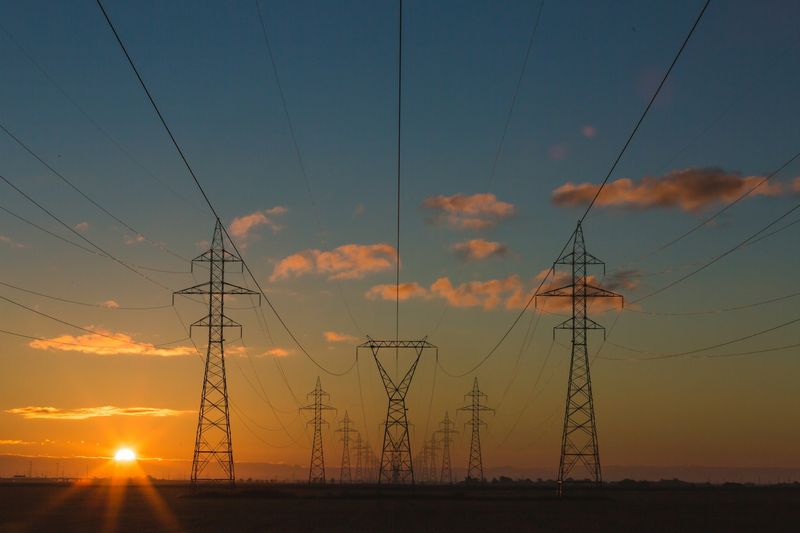
What would you say are the main areas that this AVE fund will be covering when looking for investment opportunities?
The first one is the integration of intermittent technologies or renewable technologies in the system. It's not just plug and play, you need to optimize the way you operate the generation. The second area would be how to transport that energy. In the last 30 years, we have seen the electricity consumption of the world double size, and we are looking at any forecast be it 30 years, 20 years, 40 years, whatever is the right time frame, that we're also going to have to double the size of the electric system. So that means that you also need to reinforce the transportation infrastructures for energy. However, on average in the world, 70% of those grids are more than ten years old. The paradox is that you need to grow, but at the same time, you need to replace, and that multiplies massively the size of the investment. The answer cannot be to throw more iron to the grid or put more hardware. We need to have a more efficient grid. We know that we have in every microgrid. As soon as you start expanding, you have bottlenecks, and you have excess capacity that can be optimized again with software. So, we are seeing a lot of opportunities. Those aging infrastructures on the grid are also coming with several problems. Increasing maintenance costs. Where we are also seeing a lot of opportunities in maintenance and prevention. We are also seeing a lot of issues with vegetation in some countries that are creating significant hazards, like fires, for example. We saw that quite dramatically in the last years in the US. So, we are seeing a lot of opportunities as well. And then finally the third one will be on consumption. The flexibilization of the consumption is an opportunity to improve. And this is the third area where we will be looking at, which is everything around creating virtual consumers. Anything around the optimization, the micro-cuts in the grid, the nonlinear consumption. All those opportunities are here to optimize the way the energy system operates, and of course, horizontally. That is going to be how you deal with all the data, how you protect all those infrastructures. With cybersecurity, where the new applications are, we are seeing generative AI coming to optimize a lot of the applications I'm describing. So that is kind of an underlying backbone for the three verticals that we are also looking at.
You do have a lot of things in mind! About this specific AVE fun, because we're talking about how to drive energy transition from a non-impact tagged fund. What would be the difference between an Impact Fund, an Article 9, 8, or 6 fund, and AVE?
Adara Ventures Energy is an Article 9 fund. We decided to go for Article 9 for a combination of things. And I would say Article 9 is in between the impact fund and Article eight. Articles 9 and 8 are SFDR regulations. So, disclosure regulations that the European Union is asking the financial institutions to follow. So, we have transparency in the market. Article 8 is a fund that is looking to do no harm, and at the same time provide a financial return. Article 9 is a fund that will invest with as well financial return in mind, but will invest with a sustainable angle, right? So, it's not just I'm not going to do harm, it's that I'm going to contribute to the decarbonization of the region, or to water savings, or to any kind of sustainable objective that the fund might decide. And we can detail those KPIs as much as we want. And then finally, an impact fund is a fund that is looking in a holistic way around sustainability but also does well around society. So, I would say it's the most aggressive in terms of having a positive impact on society. We decided to go for Article 9 because we believe it was a good transition for us from the previous Article 6 funds that we are managing today. Article 8, we thought was probably a very timid step in our journey, and Article 9 was the right thing to do for what we believe was the next generation of funds. So it's not just the financial return for sure, that's something that we are trying to drive, but also it's going in the direction of having a sustainable angle. And since this fund is going to be dedicated to energy, we believe this is the right thing to do. You cannot invest in energy, at least according to our values, without trying to promote the decarbonization of the system. And that decarbonization for us is the keyword. So, sustainability for us means decarbonization.
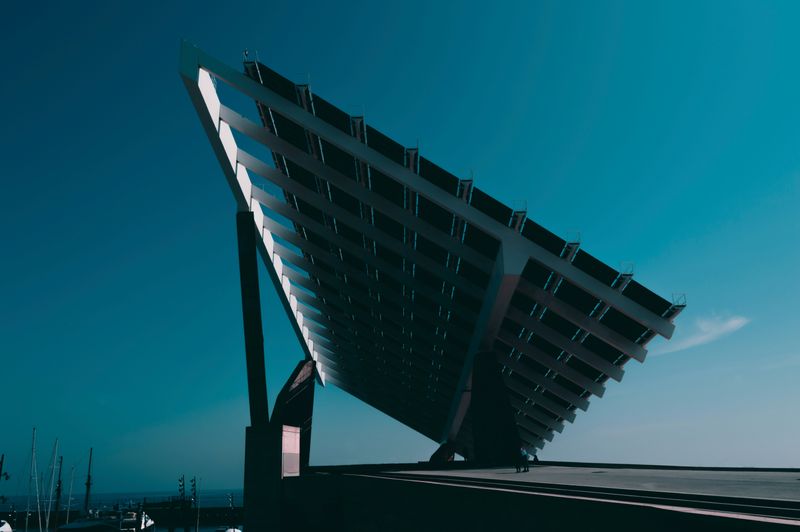
Since you went for Article 9, do you believe that funds can be compliant with SFDR Article 9 and also invest in emerging countries at the same time, where the information availability is not the same as in Europe?
That's a very tough question. Listen, article nine is about disclosure, right? It's about transparency in the way you operate, the way you invest, and the way you manage your investments. Not every country follows this rule, of course. Those are European rules. And not every country understands the energy transition in the same way. For example, emerging countries have a completely different dynamic. Of course, no one wants to do harm. Everybody is trying to do their best, and it's trying to balance this trilemma that we were discussing at the beginning. So, they are trying to have affordable energy reliably and minimize the impact they are having. But when you are an emerging country, you probably give more priority to affordability, just like the most developed countries did during the second half of the 20th century. So their claim now is, well, I will have a look around sustainability, and I will care about sustainability as soon as I get to a level of deployment and level of affordability of price that is beneficial for my economies. When you invest in an emerging country, you will need to put your glasses of an emerging country. And not try to transpose directly what we are seeing in a specific region to the other region. For example, the most obvious impact is the reporting. Our interest in reporting to financial authorities around tier one, tier two, and tier three, emissions is probably not as developed in other countries. Where the regulation is not that established. You will need to come up with your own methodologies and implement them in those emerging countries. But that is something that we are seeing probably more interest in our LPs. We have, some of our investors that are from emerging countries in Latin America, for example. Their approach to sustainability is slightly different. They give a different importance to this triangle and the trilemma. In the case of some of our Latin American countries, when we think about sustainability, for example, they think about saving the Amazonia. And deforestation is a big topic over there. That's not a topic in Europe at all. When we think about sustainability, we think about decarbonizing economies, so, the way we approach the problem is different, and the way an LP will value the fact that you bring Article 9 to the equation is different because Article 9 of course allows you to invest in companies that will minimize deforestation, but that will be very difficult to levelized with the rest of your investments. So, that's why emerging countries need to be treated with the reality of that region.
And how do you do that? This is a practical question, because if you are Article 9 and you are raising funds here in Europe, then you won't be able to raise in Latin America or you'll need to do the complicated task of being able to gather the data…
That's a fair question. And I think the question is better than the answer because we're still in the middle of this journey. Unfortunately, I don't have a playbook that we can apply, and we can follow. We are learning as we develop our investment strategy. What we are seeing is some of the key players in the VC space, like the European Investment Fund, being extremely helpful and extremely flexible in the way we are approaching those problems and extremely flexible in sharing good practices, in supporting us with their frameworks, with their approaches, and helping us even in one on one conversations where we ask for guidance on what would make sense, because they are very close to the SFDR regulation, right. And they can help us understand how to navigate that. So that's kind of the general setting. And then very practically, what we are trying to do is to find a way to compare different investments with different KPIs. So not every investment follows the same KPI. So, for example, we are not setting a target of reducing CO2 emissions for the fund. That's not something we're doing. But we are rather going investment by investment. Each time we look at that company we identify, okay, where are the three, four, five levers that this company can help us with? And we define a specific KPI for that company. And that KPI probably is not applied to a cybersecurity company the same way that is applied to a company that is predicting maintenance or a company that is helping us predict weather forecasts more efficiently.
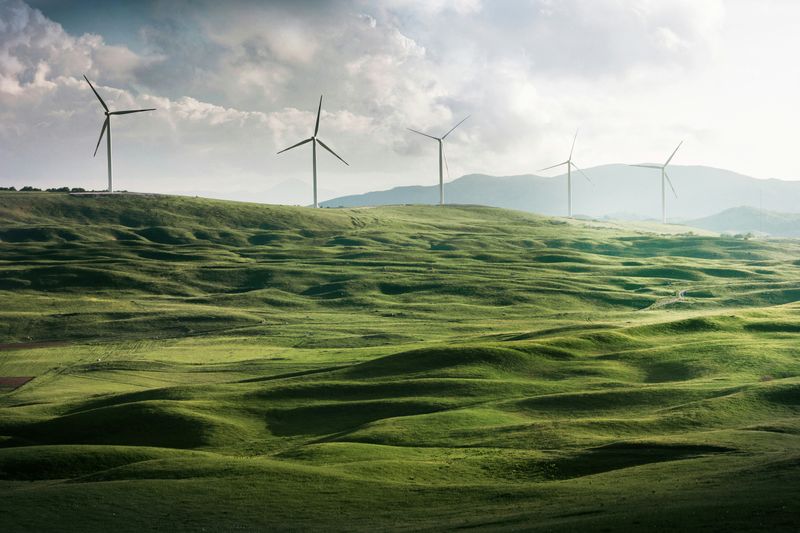
Then the idea is to balance? So, once you are done with fundraising, you might be able to, as you said, develop a specific strategy of what's going to happen with the emerging markets, for example, because the idea is to invest there…
Our energy fund has a European focus, 80% of our investments will be done in Europe. What we are observing is that many of those companies, and that is particularly the case for some of the Spanish companies are moving quickly to Latin America, so they need to understand how to apply the same rules in Latin America. And then we have reserved this 20% to non-European companies, and those might be in emerging markets or not. That's something that we'll decide based on the deal flow. But some of our LPs are from the region and some of our LPs are asking us about, what does Article 9 mean? So, it's question zero, right? And then as we develop the conversation with them, we understand that, well, maybe we need to be more flexible in the way we define KPIs. So, we customize company by company, what is a valid KPI? We intend to have a set of KPIs per company, and then we'll aggregate this at the fund level. But it's not the other way around. We're not setting KPIs for the fund and then going and imposing those on the companies. For example, we want to reduce CO2 emissions after the investment period by 3% in the companies where I invest, and then go and try to push down to the companies. We're doing this the other way around. We are saying, okay, what can you do for the environment? And then I will aggregate that, and I will measure this. This is the way we're approaching that debate.
I think that's the best way because you will be raising and investing in Europe, but you're also doing something for the emerging markets that are that the ones are being kind of like left aside with all these SFDR requirements. Because in the end, what's happening is what you were saying, that energy transition means something different depending on the region, and in the end, if you want to get the money from the LPs that are looking for Article 9 and are very strict about this stuff, and it's not possible for you to reach out to other emerging market companies.
Absolutely. I think SFDR is, let's be honest, its disclosure, which means its reporting. You need to approach this in a way where you think, okay, what can I take out of this? Because I'm going to need to report. To some extent, it's additional administration. You need to make sure to find the value of that reporting and you need to define KPIs. For example, regardless of SFDR, well before SFDR was published, we were already measuring our companies on S and G because we believe there is value in measuring and improving in these areas. For example, we believe in the value of having independent board members. We believe in the value of having a proper governance structure. We believe in the value of having our companies with a board of directors, management committees, proper compliance in place, and so on.
Cybersecurity, for example, one of the first things that we do in every portfolio company is what is your cybersecurity plan? And if you don't have one, let's work on one. The same for the s, the social. It does have value to have a diverse team. We believe in diversity. We have seen the value of having diverse teams and we have seen the financial returns of promoting that. We also have seen the value of respecting laws as simple as this. So do you work with companies that respect the laws that respect or prevent child labor or that have a proper treatment of their relations with their suppliers? That is also something that we were already tracking, and we were seeing the financial value. Now we are adding the e of environment. We are adding that to our KPIs, and we are convinced that we'll find. And we are seeing the value of the financial value of applying those. It makes your operations more efficient. It makes you think about the way you are sourcing your energy and the way you are asking your suppliers to source their energy. It does have a financial value.
We don't believe that ESG is the opposite of financial return.
Do you think will happen in the future with this environmental part of the equation, because this is the first time you are launching an environmental fund, what's your plan long-term?
The energy fund that we are launching is very biased towards having this positive impact. Then if you move outside of the energy industry, I think the sustainability angle is probably more discriminated. We still pay a lot of attention to the social and governance and we still believe that they will bring financial return. But outside of the energy industry, when I was saying that we believe that it will have a positive impact, putting environment or sustainability in the equation, that applies mostly to energy. For funds that are not directly investing in energy. So, for funds that are more agnostic of their industry, we are going to see how we develop this energy fund. And we're going to use this to define our future strategy. I wouldn't be very assertive in saying that every fund that we'll have from now on will be Article 9. I think the one in energy makes sense for the others. I will wait until we see exactly how we take out the value of this energy fund.
